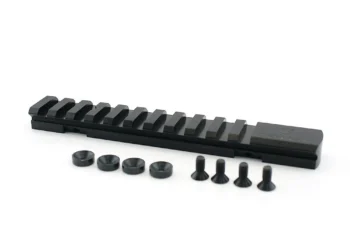1. Preparing Items for Transport
When packing, each item should be treated with care, considering its size, weight, and fragility. Choose suitable packing materials for specific types of belongings: fragile items like dishes, mirrors, and glassware should be wrapped in several layers of bubble wrap or packing paper, while larger items such as furniture and appliances benefit from protective covers or blankets. These measures can prevent scratches, dents, and other damage. Additionally, use boxes of various sizes for efficient packing and avoid overloading, which can cause boxes to break or damage their contents. Take your time and handle each item thoughtfully.
2. Hiring Professionals
For a safe and stress-free move, it may be worth hiring professionals, such as Comfy Moving, who are trained to handle moves efficiently and securely. Professional movers have the experience to safely pack, load, and transport your items, minimizing risks. They also have access to reliable packing materials and proper tools to handle even the most delicate items. Movers can also expertly load your belongings, ensuring they are secure for transport and using techniques to prevent shifting and damage.
- Use of high-quality packing materials for maximum protection
- Professional techniques for secure loading and transport
- Skilled movers trained in handling fragile and valuable items
3. Creating an Inventory and Labeling Boxes
Keeping track of your belongings is essential to ensure nothing is lost or misplaced during the move. Create an inventory list of all items being packed, ideally itemized by room or type. Label each box with its contents and mark those containing fragile or valuable items with clear instructions like “Handle with Care.” Doing so will not only make the unpacking process smoother but also inform movers about which boxes require special handling, reducing the risk of accidents. Color-coded labels for different rooms can also streamline the moving-in process.
4. Insuring Your Belongings
Insurance can be a valuable safety net during a move, especially if you’re transporting expensive or sentimental items. Many insurance providers offer short-term policies specifically for relocations, covering loss or damage. This insurance is particularly helpful for items like electronics, artwork, or jewelry, providing peace of mind. Moving companies may also offer liability coverage for an additional fee, giving you extra assurance that any potential mishaps are accounted for.
- Insurance provides financial protection against loss or damage
- Highly recommended for valuable, fragile, or irreplaceable items
- Offers peace of mind in the event of unexpected accidents or delays

5. Proper Loading and Transporting
Ensuring your belongings are correctly loaded and secured within the moving vehicle is crucial to prevent shifting or falling during transit. Heavier boxes should be placed at the bottom, with lighter boxes stacked on top, which helps avoid crushing and deforming items. Using straps or securing items with padding can prevent movement. This extra step minimizes the chance of scratches, dents, or shifting, keeping everything intact from the start of the journey to the final destination. Attention to the vehicle’s layout and balance is key to a smooth and secure transit.
Conclusion
Moving is often a complex and stressful process, but by taking the right steps, you can ensure that your belongings arrive safely and intact. Carefully pack and protect each item, consider enlisting professional movers for added safety, and don’t overlook the potential benefits of insurance. With these measures, you can reduce the risks associated with moving and make the process as seamless and secure as possible. Your belongings are valuable, so taking the time to protect them during a move will give you peace of mind and make settling into your new space that much easier.






